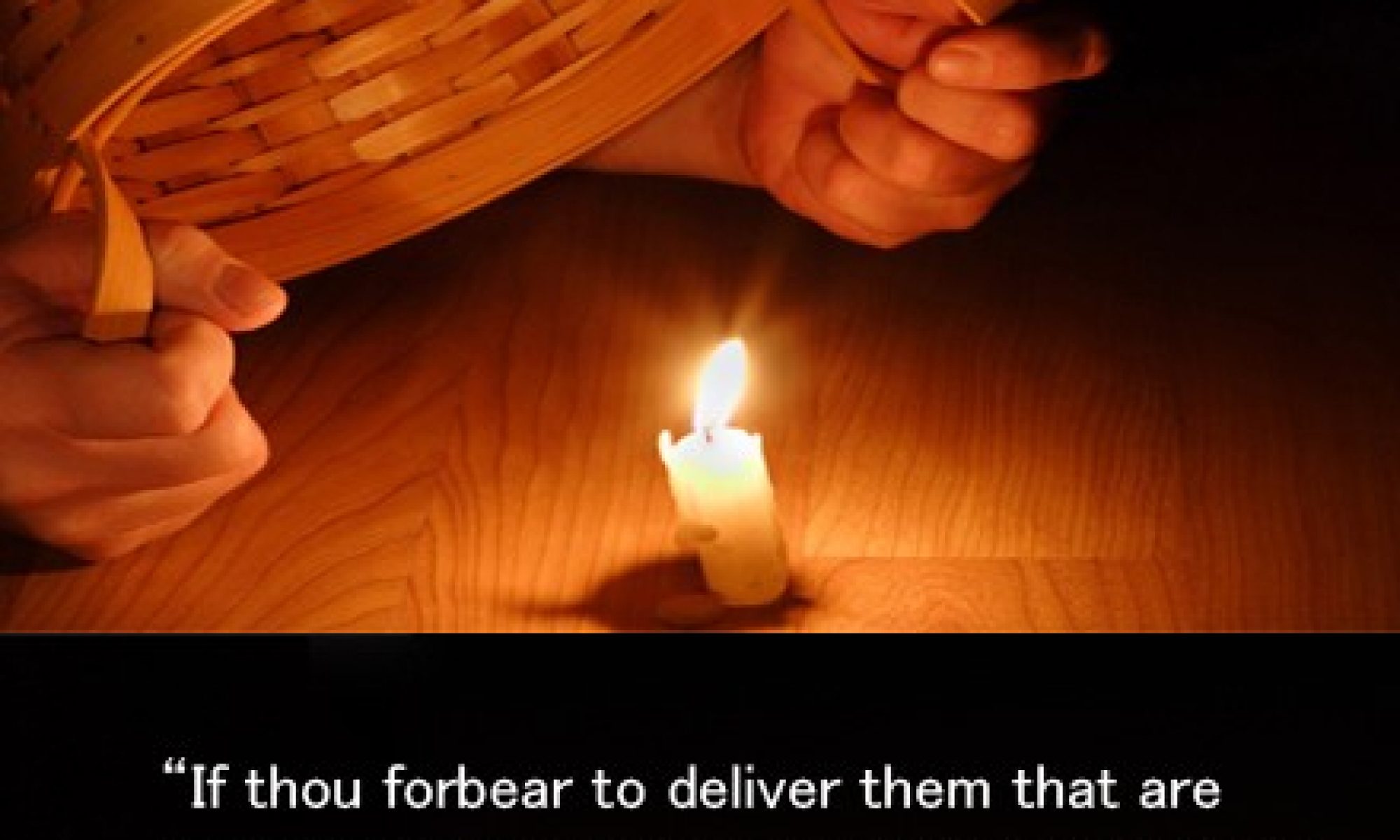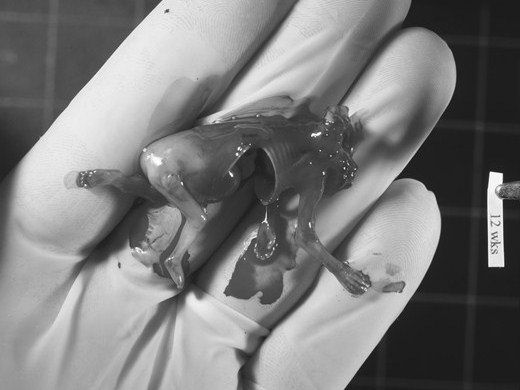Part 1 of 3 of the Abortion Series, originally published in the NRC youth magazine Insight Into in 2008-2009. Reprinted with permission from the authors.
Henry was surrounded by an angry gang of Polish boys. The biggest boy leered and snarled into Henry’s frightened face. “Ty podły Żydzie,” he spat, “You rotten Jews… you’d better run!”
Gangs and bullies were only the beginning of the nightmare Henry and the rest of his Jewish family were about to experience. After the Nazis invaded Poland, Henry’s father was taken away by the Gestapo, tortured, and killed. Henry’s sister was first forced into the Warsaw ghetto, and eventually died in Treblinka. The rest of the family were taken to Auschwitz. Henry and his brother survived the war making machinery and munitions for the Nazis in Auschwitz. His mother died in a gas chamber.
Dr. Henry Morgentaler is not so well known in Canada for his experiences as a Polish Jew who survived the Holocaust. However, on October 10, 2008, Morgentaler was awarded the Order of Canada for his role in leading a holocaust of another kind: only this time, the victims are pre-born children, and the method of extermination is abortion.
Abortion is a holocaust that occurs every day in North America and around the world. But instead of suffocating in gas chambers, the victims of this holocaust are murdered within the sterile, white-washed walls of hospital rooms. Abortion is a procedure that ends a woman’s pregnancy. In 1988, Morgentaler challenged the law in Canada that restricted abortion. The Supreme Court ruled in his favour, and since then, there has been no law limiting access to abortions in Canada. During this time, Morgentaler alone has performed more than 100,000 abortions.
Most abortions are done on women who are still in their first three months of pregnancy. To perform an abortion, a doctor will open a woman’s cervix and insert a powerful suction tube with a sharp cutting edge. The suction pulls apart the body of the developing baby and sucks placenta, blood, amniotic fluid, and foetal body parts into a collection container.
Some abortions are done later on in pregnancy. To carry out a “partial-birth” abortion, a doctor reaches into the uterus, takes hold of the pre-born baby’s leg with forceps, and pulls the baby by its legs into the birth canal. At this point the baby is alive, but just the head is inside the womb. Then the doctor forces scissors into the back of the baby’s skull and spreads the tips of the scissors apart to make the wound bigger. Next, the doctor replaces the scissors with a suction tube that sucks the baby’s brains out. The head collapses and is removed from the uterus.
These procedures are both completely legal in Canada. In fact, most abortions are even paid for by Canadian taxpayers through the publicly funded health care system. Since 1969, when abortion first became legal, over three million pre-born babies have died from abortion in Canada. In the United States abortion has been legal since 1973. Since then, there have been over 48 million abortions in the US, and the numbers of abortions increase every day.
How do so many people justify killing defenceless babies? Basically, people who think abortion is okay do not believe that pre-born babies are people. When they talk about the pre-born, they use technical words like “fetus” or “embryo”. Using these words makes it easier to think of pre-born babies as mere “blobs of tissue”. If the doctor is just getting rid of a chunk of flesh growing in the mother’s uterus, then there is nothing wrong with having an abortion, right?
Wrong. The pre-born are much more than a clump of cells. Science shows that from the moment of conception, when the sperm and the egg unite, the pre-born child is a distinct, living, whole human being. At this moment, the pre-born child has all the genetic information that it needs to develop into a unique individual with his or her own hair color, body shape, and personality. All it must do now is grow and develop—just like a newborn, toddler or teenager!
Just as Jews were denied legal status as persons under the Third Reich, pre-born children are dismissed as less than human in our society today. Jews living in Nazi Germany were unprepared and outnumbered. Pre-born children are vulnerable and voiceless. Millions have been robbed of their dignity and being. That is what happens when we fail to protect the weakest people in our society: they wind up in mass graves near Auschwitz, or garbage bins outside hospital doors.
Unfortunately, Morgentaler did not learn from the last Holocaust.
Next: Abortion: A Christian Response by Bruce Aleman

